10 Process for Aluminum Prototype Manufacturing | Comparison Guide
 Dec 06,2023
Dec 06,2023

Welcome to the fascinating world of aluminum prototyping, where innovation seamlessly intertwines with precision engineering. This comprehensive guide is your passport to understanding the nuances of aluminum prototype production and unraveling the layers of knowledge associated with manufacturing aluminum prototypes.
Embarking on a journey into Aluminum Prototyping unveils a realm where creativity meets functionality. The significance of Aluminum in prototype manufacturing spans across diverse industries. In this guide, we will not only explore the technical aspects but also delve into the intricacies of the decision-making process involved in How to Choose the Best Way to Make an Aluminum Prototype?
Understanding Aluminum as a Prototyping Material
Characteristics of Aluminum
Aluminum's allure lies in its unique blend of lightweight yet durable properties, making it an ideal material for prototyping. Its exceptional thermal conductivity further enhances its appeal, opening doors to applications across various industries.
Why Choose Aluminum for Prototyping?
The decision to opt for aluminum in aluminum rapid prototyping is multifaceted. Apart from being cost-effective, aluminum offers unparalleled flexibility in design and customization. Its rapid production capabilities and shorter lead times contribute to the allure, ensuring enhanced functionality and performance.
Common Grades of Aluminum Used in Prototyping
Understanding the grades of aluminum is crucial. Different grades offer unique advantages, influencing the final product's characteristics. Below is a table summarizing common aluminum grades used in prototyping:
|
Aluminum Grade |
Properties |
|
Aluminum 3003 |
Excellent corrosion resistance |
|
Aluminum 5052 |
High fatigue strength |
|
Aluminum 6061 |
Good machinability |
|
Aluminum 7075 |
High strength, low weight |
|
Aluminum 6063 |
Excellent extrudability |
10 Advantages of Aluminum Prototypes
1. Rapid Turnaround Time
Aluminum's malleability and the efficiency of manufacturing processes contribute to a swift turnaround, crucial for meeting tight project timelines.
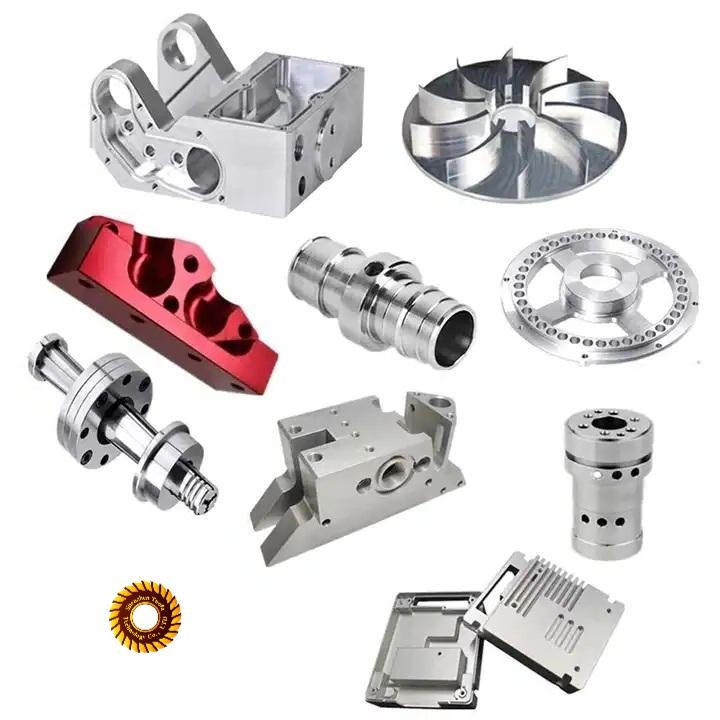
2. Cost-Effectiveness in Prototyping
Compared to other materials, aluminum proves to be cost-effective, providing high-quality prototypes without breaking the bank.
3. Iterative Design Opportunities
The flexibility of aluminum prototyping allows for quick iterations, facilitating the refinement of designs based on testing and feedback.
4. Superior Functional Performance
Aluminum prototypes exhibit exceptional functional performance, meeting the stringent requirements of various industries.
5. Higher Heat Resistance
With its high thermal conductivity, aluminum prototypes withstand elevated temperatures, making them suitable for applications with thermal challenges.
6. Better Aesthetics
Surface treatments and coatings enhance the aesthetics of aluminum prototypes, ensuring a visually appealing final product.
7. Testing Accuracy
Prototypes crafted from aluminum offer high testing accuracy, essential for validating designs and ensuring they meet specifications.
8. Better for Mass Production
Aluminum's suitability for mass production makes it an ideal choice for industries requiring large quantities of high-quality prototypes.
9. Boosts Investor Interest
The use of aluminum prototypes not only showcases a commitment to quality but also attracts investor interest due to the material's positive attributes.
10. Superior Strength
Despite its lightweight nature, aluminum prototypes boast superior strength, contributing to their durability and reliability.
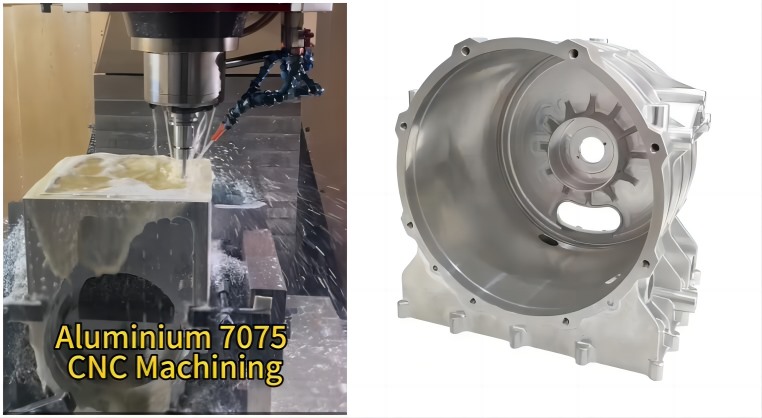
Applications of Aluminum Prototypes
Aluminum prototypes offer a glimpse into how final products will perform, allowing for critical evaluations and modifications before mass production. China Tuofa has been manufacturing aluminum prototype parts since 2006, which can be used in the following common fields:
Aerospace and Aviation Components: In an industry where every gram matters, aluminum prototypes are invaluable for testing components like turbine blades, fuselage panels, and landing gear assemblies. Their lightweight nature contributes significantly to fuel efficiency and overall aircraft performance.
Automotive Parts Testing: The automotive industry relies on aluminum prototypes for testing and refining parts such as engine blocks, transmission cases, and chassis components. These prototypes help in assessing factors like weight reduction, heat dissipation, and structural integrity.
Heavy Machinery Development: In sectors like construction and mining, aluminum prototypes are used to design and test heavy machinery components. This includes parts like hydraulic systems, gears, and armatures, where strength and reliability are critical.
Medical Equipment Prototyping: The medical industry benefits from the precision and safety offered by aluminum prototypes. They are used in the development of surgical instruments, diagnostic devices, and medical machinery casings, ensuring the highest standards of hygiene and quality.
10 Process for Aluminum Prototype Manufacturing
Manufacturing prototypes in aluminum involves various techniques, each suited to different stages of the design process and offering unique advantages. Here are 10 common techniques used in aluminum prototype manufacturing:
Aluminum Prototype CNC Machining
Computer Numerical Control (CNC) machining is a subtractive process where material is removed from a solid block of aluminum using various cutting tools. It's highly accurate and can produce complex geometries. Review of aluminum machining services for China Tuofa
CNC Machining Aluminum Advantages: Allows for complex and intricate designs; rapid prototyping; minimal material wastage; no need for special tools or molds.
CNC Machining Aluminum Disadvantages: Limited strength compared to other methods; often requires post-processing for surface finish; can be expensive for large parts.
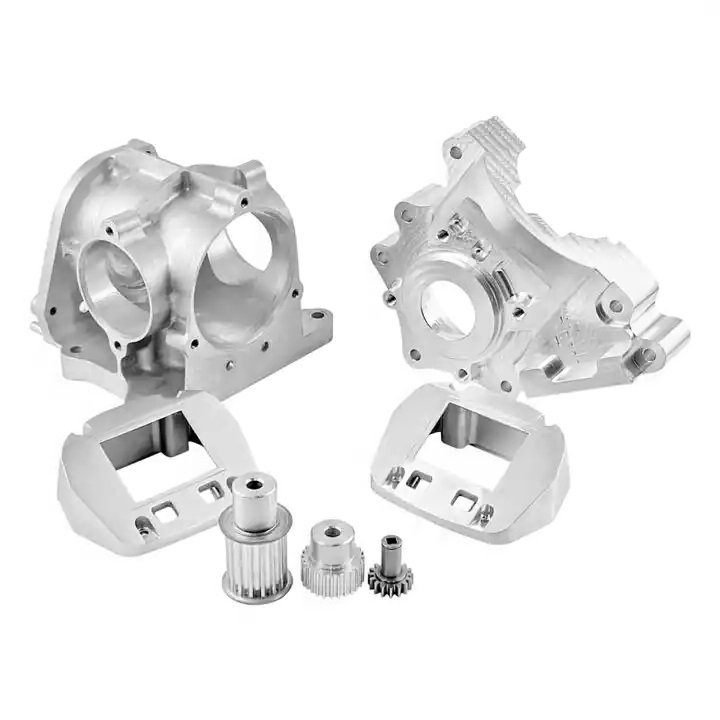
3D Printing Aluminum Prototype (Additive Manufacturing)
3D printing aluminum is becoming more common. It allows for the creation of complex and intricate designs that would be difficult or impossible to achieve with traditional manufacturing methods.
Aluminum 3D Printing Advantages: Allows for complex and intricate designs; rapid prototyping; minimal material wastage; no need for special tools or molds.
Aluminum 3D Printing Disadvantages: Limited strength compared to other methods; often requires post-processing for surface finish; can be expensive for large parts.
Die Casting
This process involves forcing molten aluminum into a mold cavity under high pressure. It's suitable for high-volume production of parts with thin walls and complex geometries.
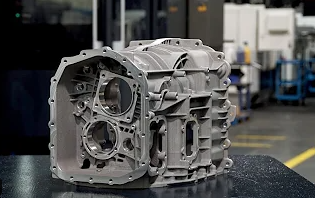
Aluminum Die Casting Advantages: High production rate; excellent dimensional accuracy; smooth cast surfaces; thin walls can be cast.
Aluminum Die Casting Disadvantages: High initial tooling cost; limited to high-volume production to be cost-effective; porosity can be an issue.
Investment Casting (Lost-Wax Casting)
This method involves creating a wax model of the part, which is then encased in a ceramic material. Once the ceramic hardens, the wax is melted out, and molten aluminum is poured into the cavity.
Advantages: Excellent surface finish and dimensional accuracy; capable of producing complex shapes; suitable for small to medium parts.
Disadvantages: High cost of molds and materials; labor-intensive process; not suitable for very large parts.
Sand Casting
This is one of the oldest and most straightforward aluminum casting methods, where molten aluminum is poured into a sand mold. It's best for large parts with relatively simple geometries.
Advantages: Low tooling cost; suitable for large parts; can produce very large parts; flexible in terms of size and shape.
Disadvantages: Rougher surface finish compared to other methods; lower dimensional accuracy; slower production rate.
Sheet Metal Prototype
This involves cutting, bending, and assembling flat sheets of aluminum into desired shapes. It's ideal for creating enclosures, brackets, and other parts with thin profiles.
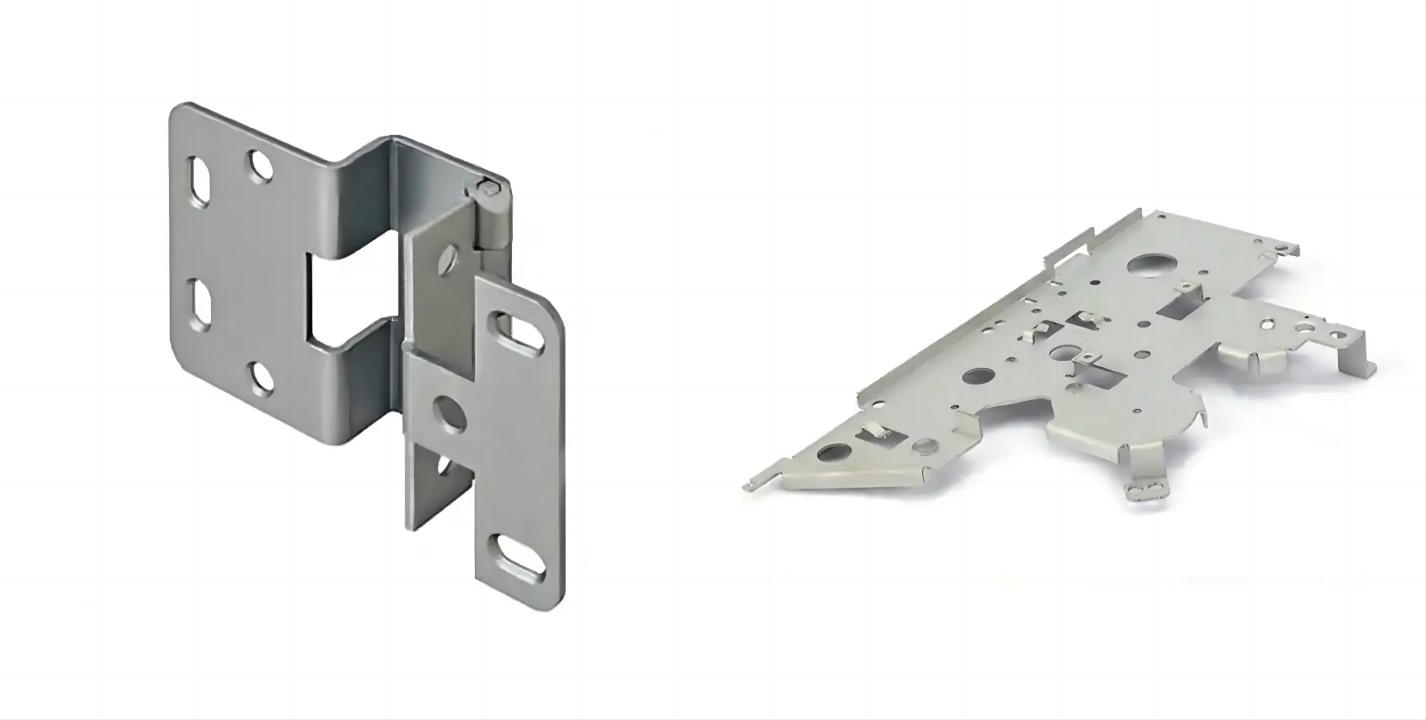
Extrusion
Aluminum extrusion is a process where aluminum alloy is forced through a die of the desired cross-section, producing long parts with uniform cross-sections, like frames and rails.
Aluminum Extrusion Advantages: Efficient for producing parts with uniform cross-sections; high production rates; excellent material utilization.
Aluminum Extrusion Disadvantages: Limited to profiles with constant cross-section; initial tooling can be costly; limited to simpler shapes.
Forging
Forging involves shaping aluminum by applying compressive forces. It's known for producing parts with high strength and durability, such as gears and structural components.
Advantages: Produces parts with high strength and reliability; excellent material utilization; suitable for high-stress applications.
Disadvantages: Limited to simpler shapes; high tooling costs; not suitable for intricate designs.
Electrical Discharge Machining (EDM)
EDM is a manufacturing process that uses electrical sparks to shape metal by removing material. It involves using a dielectric fluid and an electrode that creates an electrical discharge to erode the aluminum material. This technique is particularly useful for creating intricate details and complex geometries that are challenging to achieve with conventional machining methods. It's especially valuable for manufacturing tools, dies, and precision components with tight tolerances and fine features.
Advantages: Capable of producing intricate and complex shapes; high precision; no direct contact with the material, reducing the risk of mechanical stresses.
Disadvantages: Slow process; higher operational cost; limited to electrically conductive materials.
Aluminum Laser Cutting and Engraving
This method uses high-powered lasers to cut or engrave flat aluminum sheets. It's precise and can create intricate details, making it suitable for decorative elements or intricate components.
Each technique offers a balance of precision, speed, cost, and suitability for different types of designs, making them valuable tools in the prototype manufacturing process.
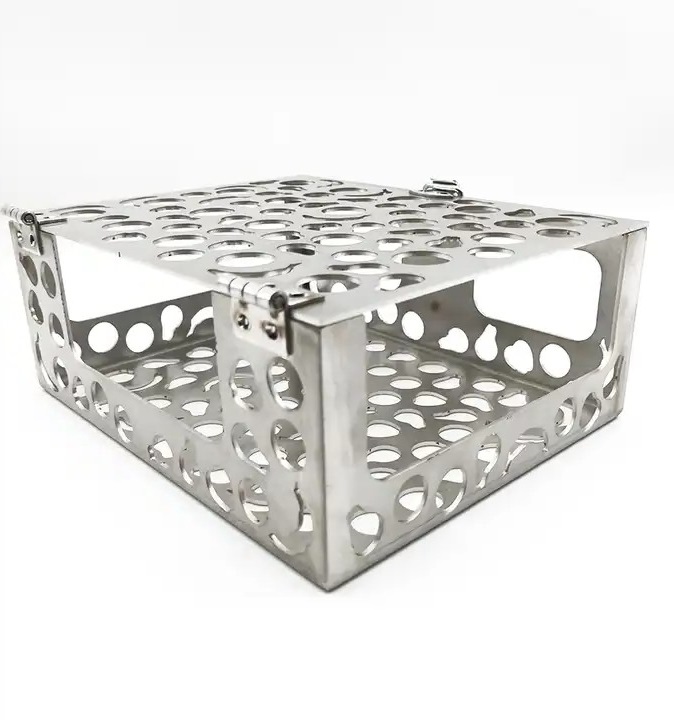
Advantages: High precision and repeatability; can create intricate patterns and details; fast processing for thin materials.
Disadvantages: Limited to flat or gently curved surfaces; high energy consumption; can be costly for thicker materials.
Each of these processes has its unique strengths and limitations, making them more or less suitable depending on the specific requirements of the aluminum prototype being manufactured.
Try Tuofa Now!
Send drawings to info@tuofa-cncmachining.com
China Tuofa Engineer Support Team
Real human quotes are more accurate than software quotes
3 Factors in Aluminum Prototype Design
When designing aluminum prototypes, there are several crucial factors to consider to ensure the prototype is functional, cost-effective, and accurately represents the intended design. Three key factors to consider are:
Material Properties
- Alloy Selection: Different aluminum alloys have varying properties like strength, ductility, corrosion resistance, and thermal conductivity. Choose an alloy that aligns with the functional requirements of your prototype.
- Material Behavior: Consider how the aluminum will behave under different conditions, such as stress, temperature changes, and exposure to various environments. This understanding will influence the design, especially for prototypes intended for rigorous testing or use in harsh conditions.
Manufacturability
- Design for Manufacturability (DFM): Your design should be optimized for the chosen manufacturing process. This includes considering factors like wall thickness, undercuts, draft angles, and the complexity of the design. For instance, overly complex designs may be difficult and expensive to machine but easier to produce with 3D printing.
- Tooling and Equipment Capabilities: The limitations of the manufacturing equipment should be taken into account. For example, CNC machines have size limitations and certain geometric constraints. Understanding these limitations can help in creating a design that is both feasible and cost-effective to produce.
Cost and Efficiency
- Prototype Purpose: The purpose of the prototype (e.g., functional testing, display, investor presentation) will greatly influence the design. For a functional prototype, the focus would be on the material properties and manufacturability, while for a display model, aesthetics might be more important.
- Budget and Time Constraints: Consider the budget and timeline for the prototype development. More complex and high-fidelity prototypes are typically more expensive and time-consuming. Balancing the level of detail and functionality with cost and time constraints is crucial for efficient prototype development.
By carefully considering these factors, you can design an aluminum prototype that not only meets the intended purpose but is also practical and feasible to manufacture within your constraints.
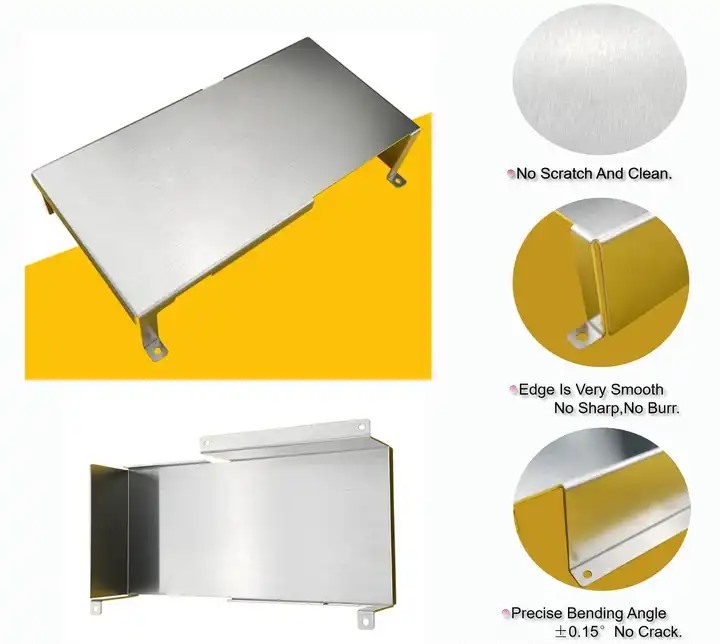
10 Key considerations to Choose the Right Aluminum Forming Manufacturing
Choosing the right aluminum prototyping method depends on various factors related to your project's requirements. Here are key considerations to guide your decision:
Design Complexity and Detail
For complex geometries or intricate details, methods like 3D printing, CNC machining, or EDM are ideal.
Simpler designs or parts with uniform cross-sections might be more efficiently produced through extrusion or die casting.
Prototype Functionality
If the prototype needs to simulate the mechanical properties of the final product, forging or CNC machining can provide the necessary strength and durability.
For aesthetic models or non-functional prototypes, 3D printing or laser cutting may suffice.
Material Characteristics
Some methods are better suited for specific aluminum alloys. For example, sand casting works well with many aluminum alloys, while die casting is more selective.
The desired properties of the final product, like strength, weight, or thermal conductivity, can also influence the choice.
Production Volume
For low-volume production or unique prototypes, CNC machining and 3D printing are cost-effective.
High-volume production benefits from die casting or extrusion due to lower per-unit costs.
Tolerances and Precision
High-precision parts require methods like CNC machining or EDM, which offer tight tolerances.
Processes like sand casting or extrusion are less precise but can be suitable for parts where higher tolerances are acceptable.
Lead Time
Rapid prototyping methods like 3D printing or laser cutting are fast and can deliver parts quickly.
Methods requiring significant setup or tooling, like die casting or forging, have longer lead times.
Cost Considerations
Consider both the upfront costs (like tooling) and the per-part costs. CNC machining has high upfront costs but may be cheaper for low volumes.
Processes like die casting require expensive molds but are more cost-effective for large quantities.
Surface Finish and Aesthetics
Some methods, like investment casting and CNC machining, provide a superior surface finish.
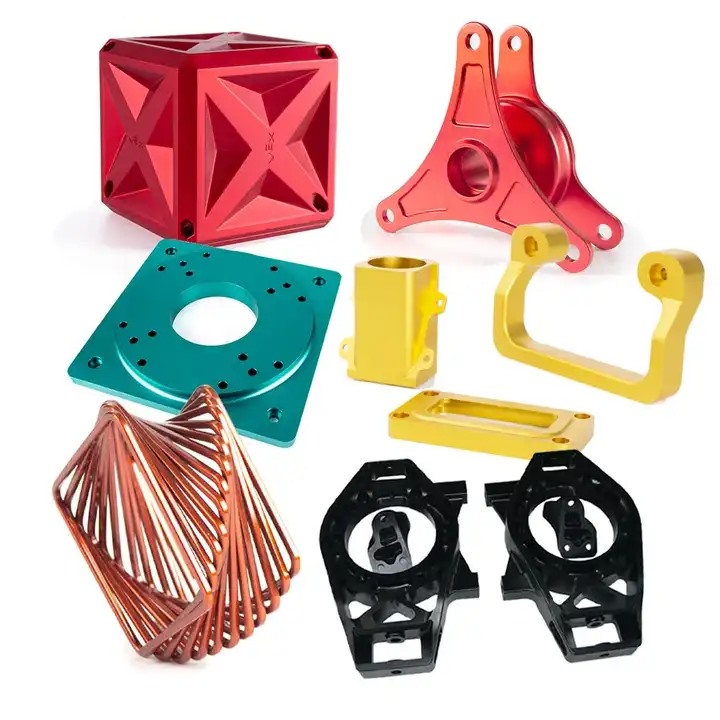
Aluminum prototype surface finishing service
Others, like sand casting or 3D printing, may require post-processing for a smooth surface.
Prototype Size and Weight
Larger parts may be suited to sand casting or sheet metal fabrication.
Smaller, more intricate parts are often better suited for processes like CNC machining or 3D printing.
Flexibility and Changes
For designs that are still evolving, flexible methods like 3D printing or CNC machining are preferable as they allow for easy modifications.
Methods with high tooling costs or longer setup times are less adaptable to design changes.
The best method for aluminum prototyping depends on the specific requirements of your project, including design complexity, functional needs, production volume, precision, lead time, cost, surface finish, size, and the potential for design changes. Understanding these factors will help you make an informed decision that aligns with your project goals.
Common Challenges in Aluminum Prototype Manufacturing
Material Constraints
While aluminum is versatile, certain design requirements may necessitate alternative materials, posing a challenge in some cases.
Machining Complex Geometries
Achieving precision in complex geometries during machining can be challenging, requiring careful planning and execution.
Surface Finish Challenges
Attaining the desired surface finish may pose challenges, especially when specific textures or coatings are essential for the prototype.
Quality Control and Testing
Ensuring the quality of aluminum prototypes involves rigorous testing and inspection. Non-destructive testing methods play a pivotal role in verifying the integrity and adherence to specifications.
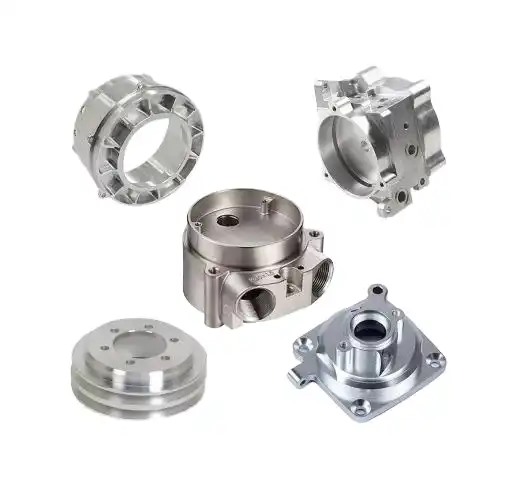
Choosing the Right Aluminum Prototype Manufacturing Partner
A. Evaluating Experience and Expertise
Partnering with an experienced manufacturer ensures that they possess the knowledge and skills necessary for successful aluminum prototyping.
B. Assessing Prototyping Facilities
State-of-the-art facilities equipped with advanced machinery contribute to the efficiency and precision of the prototyping process.
C. Client Success Stories and Reviews
Positive client experiences and reviews serve as testimonials to the manufacturer's capability and reliability.
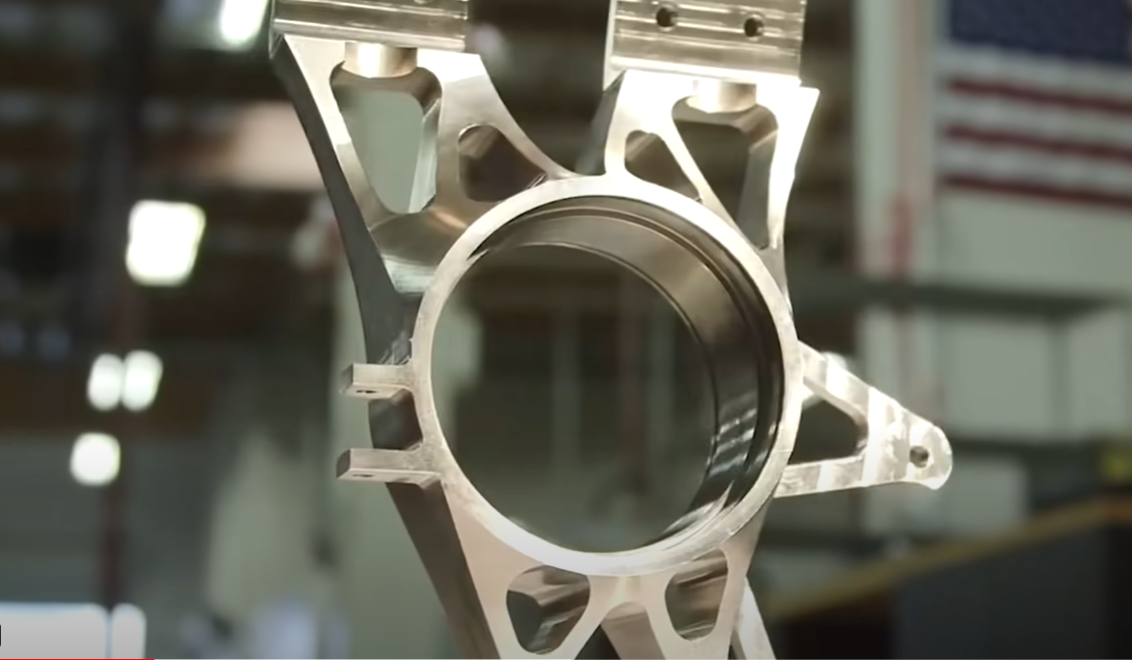
Conclusion
In conclusion, mastering the art of aluminum prototyping opens doors to a world of possibilities. From the initial design phase to the selection of manufacturing techniques, every step contributes to the creation of exceptional prototypes. The advantages of aluminum, coupled with evolving industry trends, position it as a leading choice for various applications. Whether you are in the automotive, aerospace, or medical industry, understanding the nuances of aluminum prototyping empowers you to make informed decisions, ensuring success in your ventures.
Best CNC Aluminum Prototype Service in China Tuofa
At China Tuofa, we specialize in Custom CNC Aluminum Prototype Services, where our expertise shines in every project we undertake. In the heart of Shenzhen's industrial hub, our state-of-the-art facility is equipped with advanced CNC machinery, enabling us to handle complex designs with unparalleled accuracy.
You, as our valued client, can expect a service that goes beyond just machining. We're committed to ensuring each prototype meets the highest standards in functionality and aesthetics. Whether it’s a small component or a large-scale project, our focus is on delivering tailor-made solutions that cater to your specific needs. Our proficiency in aluminum machining stands out due to the material's excellent properties, such as high strength-to-weight ratio and superb thermal and electrical conductivity. Get an instant quote, now send drawings to info@tuofa-cncmachining.com
At Tuofa, you'll find more than just a Custom CNC Aluminum Prototype Service; you'll discover a partner who is as invested in your success as you are, dedicated to delivering quality, innovation, and a customer-centric experience.
FAQ
What are the common grades of aluminum used in prototyping?
There are several aluminum alloys suitable for prototyping, like 6061, 2024, and 7075, each with unique characteristics such as weldability, formability, and fatigue resistance
Are aluminum prototypes suitable for tooling applications?
Yes, they are suitable due to their ability to achieve tight tolerances essential in fields like vehicle and machinery manufacturing.
Can aluminum prototypes withstand repeated testing and use?
Yes, aluminum prototypes are known for maintaining dimensional accuracy and can withstand repeated testing.
What are the future trends in aluminum prototyping?
Future trends include advancements in aluminum alloys, integration of AI and automation, and the adoption of sustainable practices in manufacturing.
 Tel/WeChat:
Tel/WeChat:  Email:
Email: 
 Home
Home

 Difference Between 304 and 316 Stainless: Which Triumphs?
Difference Between 304 and 316 Stainless: Which Triumphs? 







